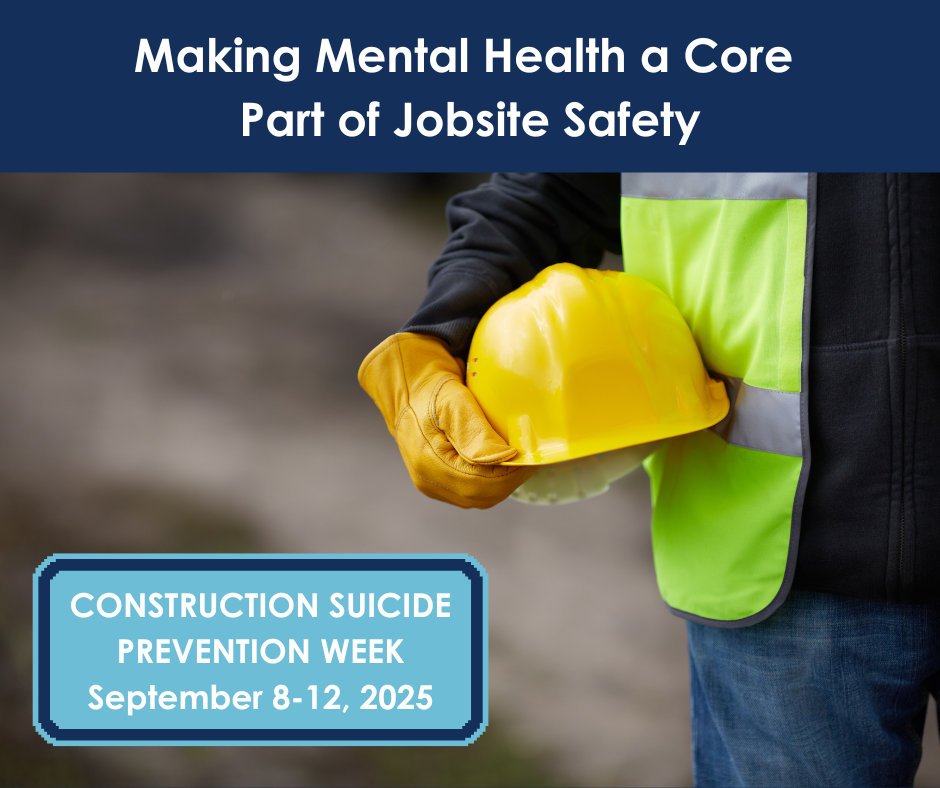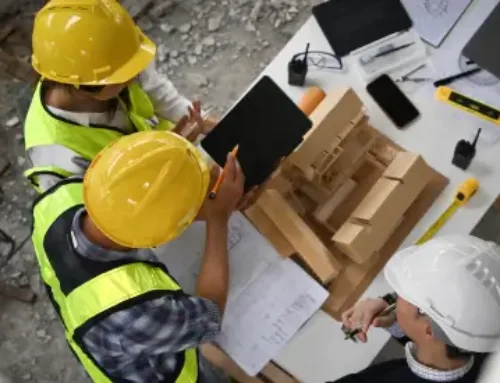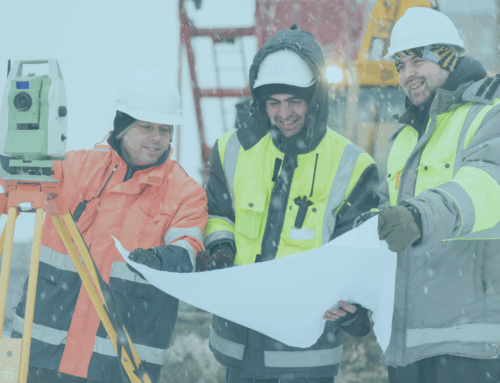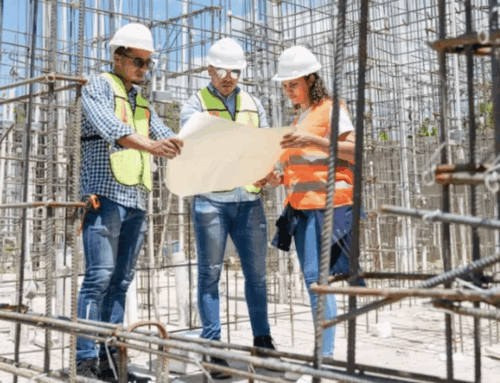Safety has always been a top priority on construction sites. Hard hats and other PPE are designed to protect workers from physical harm. But there’s another critical aspect of safety that often gets overlooked: mental health.
Construction workers face unique pressures such as long hours, physically demanding work, and job uncertainty. These factors contribute to higher rates of depression, anxiety, and even a risk of suicide in the industry. And while mental health challenges may not be as visible as a workplace hazard, they can directly impact focus, decision-making, and overall safety on the job.
That’s why mental wellness should be considered an essential part of jobsite safety. Fatigue, stress, and emotional strain increase the risk of accidents and near-misses. Recognizing and addressing mental health is as important as enforcing hard hat policies or safety harnesses.
So, how can employers integrate mental health into safety initiatives?
- Training: Equip supervisors and workers with tools to recognize signs of stress, anxiety, or suicidal thoughts.
- Peer support: Encourage a culture where team members look out for one another and feel comfortable discussing struggles.
- Policy measures: Provide access to Employee Assistance Programs (EAPs), confidential counseling, and mental wellness resources.
- Daily reminders: Incorporate mental wellness tips into toolbox talks and safety briefings.
By taking these steps, companies can create a culture of care where employees feel supported. Prioritizing mental health doesn’t just prevent crises—it improves focus, compliance, and productivity across the site.
The takeaway: Mental health is safety. Suicide prevention and emotional well-being can’t be separated from the job. Focusing on mental health is integral to protecting workers and creating safer, stronger workplaces.
Let’s commit to looking out for each other both on and off the jobsite.






